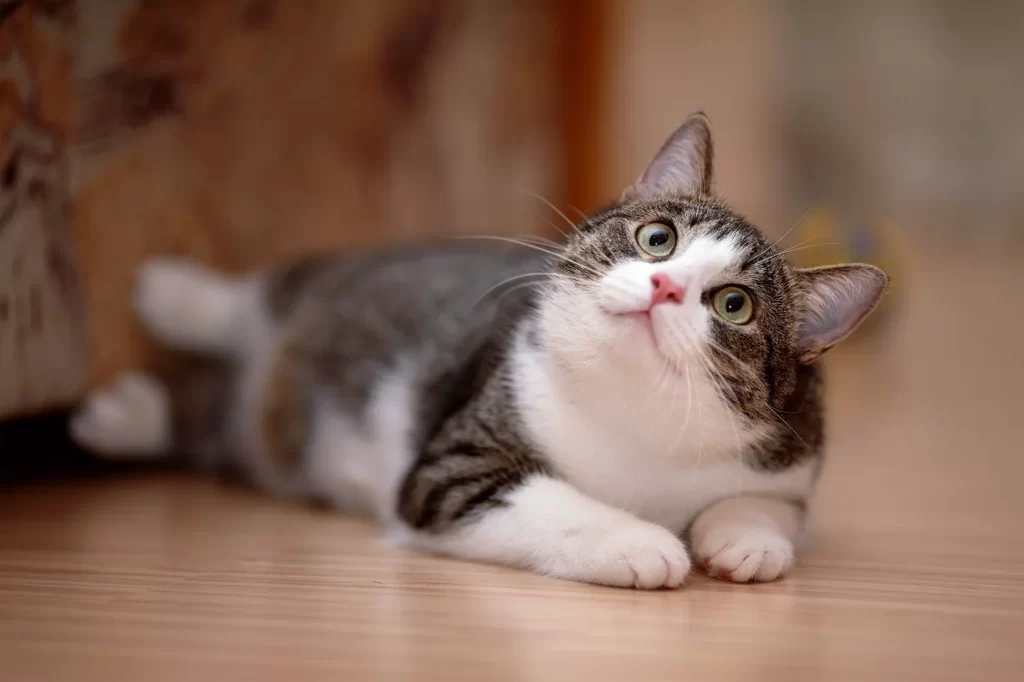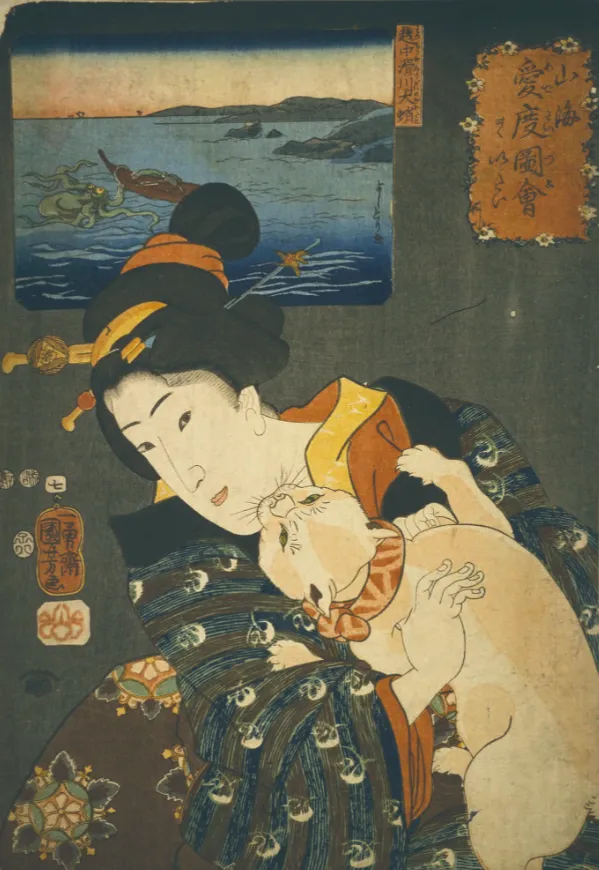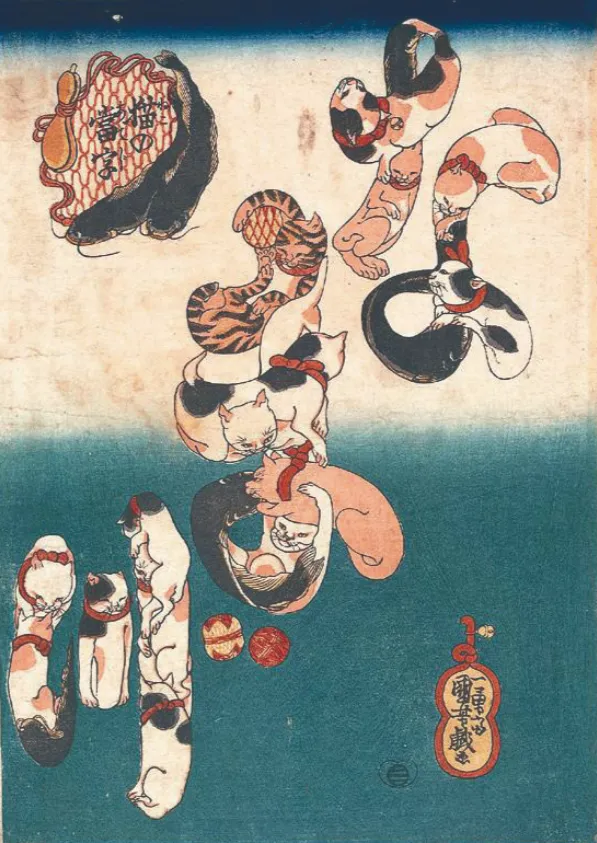Did People in the Edo Period Love Cats? Kenji Hinohara, Chief Curator, Ota Memorial Museum of Art

‘Cat boom’ is not only the phenomenon of modern society. Japanese Ukiyo-e tells us a lot about the history of cat lovers.
※Ukiyo-e is a genre style of painting and printmaking developed in Japan from the 17th to the 19th centuries and marked by the depiction of the leisure activities of ordinary people.
It has been a long time since the ’Cat boom’ began in Japan, but over the past 10 years many art museums have held exhibitions of Ukiyo-e depicting cats from the Edo period, attracting large numbers of visitors. Wide variety of cats – with cute poses and gestures, humorous and even slightly scary ones, seem to be fascinating for the cat lovers.
People in Edo period kept a variety of animals as pets, including goldfish, house mice, and quails. As for dogs, only small ones called “Chin” (Japanese Pekinese) were kept indoors. Mixed-breed dogs were like stray dogs living everywhere in town with no owners.

On the other hand, it is difficult to find stray cats on the Ukiyo-e.
Of course, considering the open design of houses in the Edo period, cats were probably not kept completely indoors like nowadays, and would have wandered around the town if they wanted.
However, many cats on the Ukiyo-e are seen living indoors in close and good relation with human-beings. For example, on the Figure1 you can see a woman at the moment when the cat bites her face and she seems to feel pain, as the title says “Oh, it hurts!” A sharp-eyed cat seems to be in a bad mood, but even though it hurts, the woman does a smile and can’t hide her love for the cat. The elegant red collar is also an evidence that this cat is loved.

There are also Ukiyo-e of popular Kabuki actors with cat-like faces, and human-like cats working at the soba restaurants. Ukiyo-e was a commodity sold at low prices to entertain middle-classed people. The fact that there were many cats on it, proves that they were not only pets, but also familiar characters.
These days adorable cats appear in various media such as TV commercials, photo books, and YouTube videos, but in fact the “Cat boom” was already greatly spreaded in the Edo period by the Ukiyo-e “media”.
Kenji Hinohara
Chief Curator of the Ota Memorial Museum of Art. Born in Chiba Prefecture in 1974. Ph.D. in Literature (Keio University Graduate School). His publications include “Nippon no Ukiyoe” (Ukiyoe of Japan) (Shogakukan), “Hokusai: Fugaku Sanjurokkei” (Hokusai’s 36 Views of Mount Fuji) (Iwanami Bunko), and “Welcome to the World of Hokusai” (Tokyo Bijutsu).



